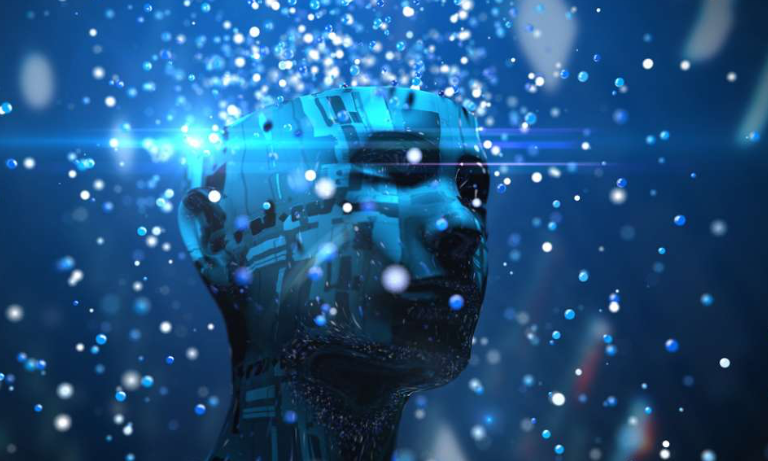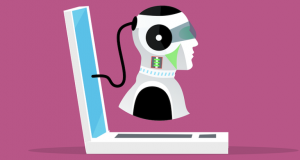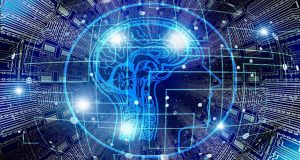 It can help to train staff in preparation for dangerous work
It can help to train staff in preparation for dangerous workDaniel H. Wilson wrote about how to survive a robot uprising, but is that the best we can hope for? From recruitment to security, from robots to virtual reality, AI is changing the way we work.
AI can not only take away the monotony of repetitive tasks, but it can also suggest improvements to them. It can help to train staff in preparation for dangerous work, or find a railway timetable for a new starter. Here we take a brief look at some of the impacts that AI is having.
Recruitment
Staff recruitment is an area in which HR is already seeing the benefits of AI. During a campaign, there will be large numbers, possibly thousands, of vacancies. Each one, in turn, may attract hundreds of hopeful candidates. The sheer numbers involved mean that admin work, such as pre-interview assessments and responding to questions, becomes impractical to carry out personally.
Chatbots are being used to create candidate profiles and schedule meetings. By engaging with potential candidates using on-site messaging, chatbots can build a connection quickly, gathering contact information and preferences early in the process. Subsequently they can ask pre-screening questions, evaluate responses and arrange interviews.
The candidate perspective is also of interest. Interacting with a chatbot during pre-screening gives a positive impression to applicants. It shows that the business is confident about using new technology; that it sees its staff’s time as valuable. Candidates progressing through to interview will then benefit from one-to-one discussions with skilled HR staff.
Pymetrics is the use of neuroscience to improve the recruitment process. Specifically, it helps employers to choose the right candidates; those who will be an asset to the business. Pymetrics also helps to eliminate bias towards women and minorities, promoting a more balanced and diverse workforce.
Induction and training
During induction, new starters often need help with common questions, such as finding transport into work and registering in internal systems. AI can help here too. Using technology similar to Amazon Alexa, a chatbot can understand questions and respond accordingly.
AI can play a part in specialist training using Virtual Reality (VR). Wearing a VR headset, a trainee can engage in a simulated environment. Realistic challenges can be presented, allowing the employee to learn and respond safely. In the real world, those challenges might be inside a nuclear power plant.
Robots
Robots have long been used in industry to carry out dangerous or laborious tasks. By including AI, they are now able to add benefit, by monitoring efficiency and suggesting improvements to processes.
Robots are also able to move around a building, for example as part of security. A security robot can detect an unusual occurrence, such as a light being left on or a person being in an office at night. Encountering a possibly suspicious situation, they can highlight the issue for a human to take over their cameras and sensors.
How to survive a robot uprising
In today’s work environments, it’s not about surviving an uprising, but embracing AI. If we utilise AI with confidence, we can maximise our human abilities. Daniel H. Wilson wrote that we probably found “How to survive a robot uprising” in the humour section. That’s where it belongs.
Recruiters love this COMPLETE set of Accredited Recruitment & HR Training – View Training Brochure








